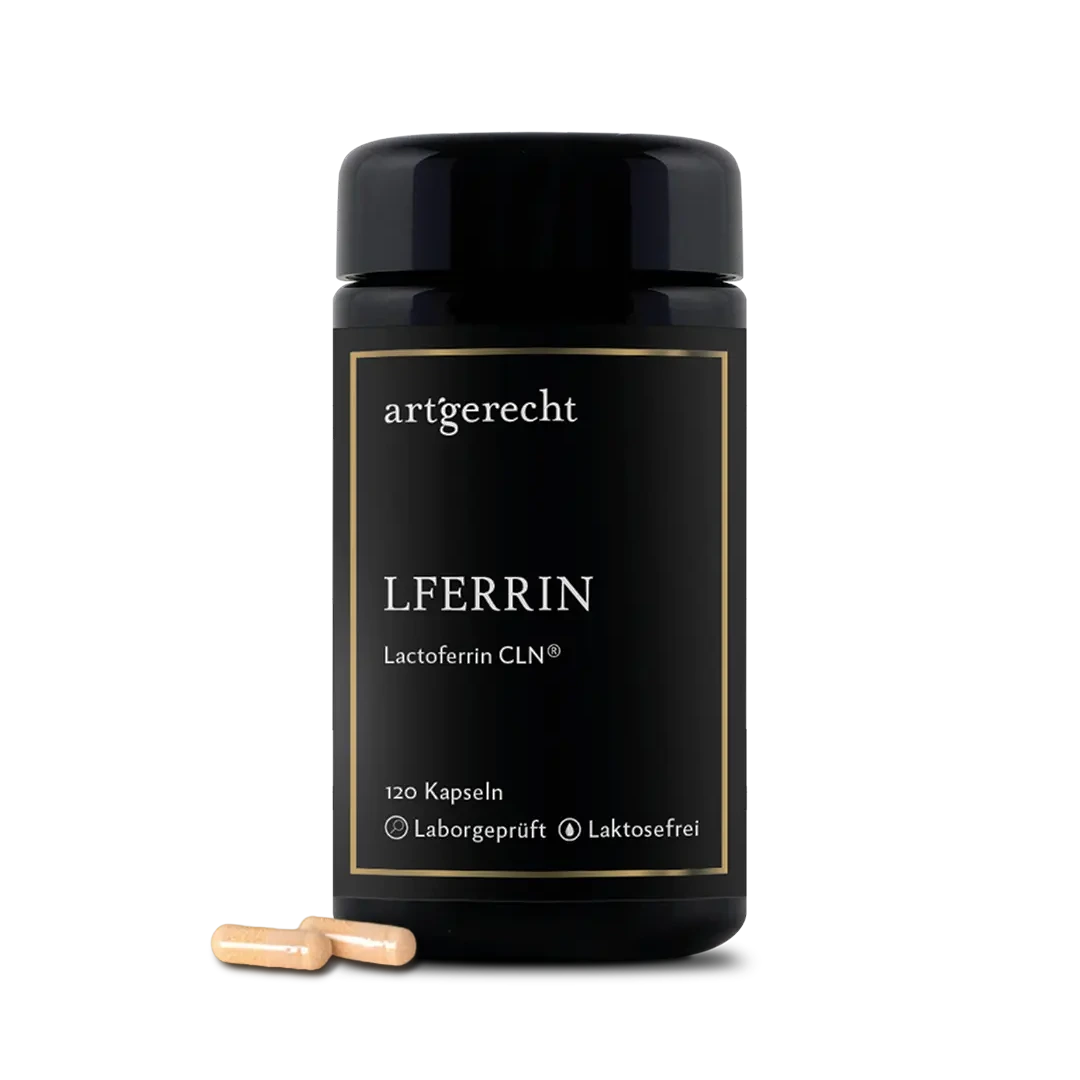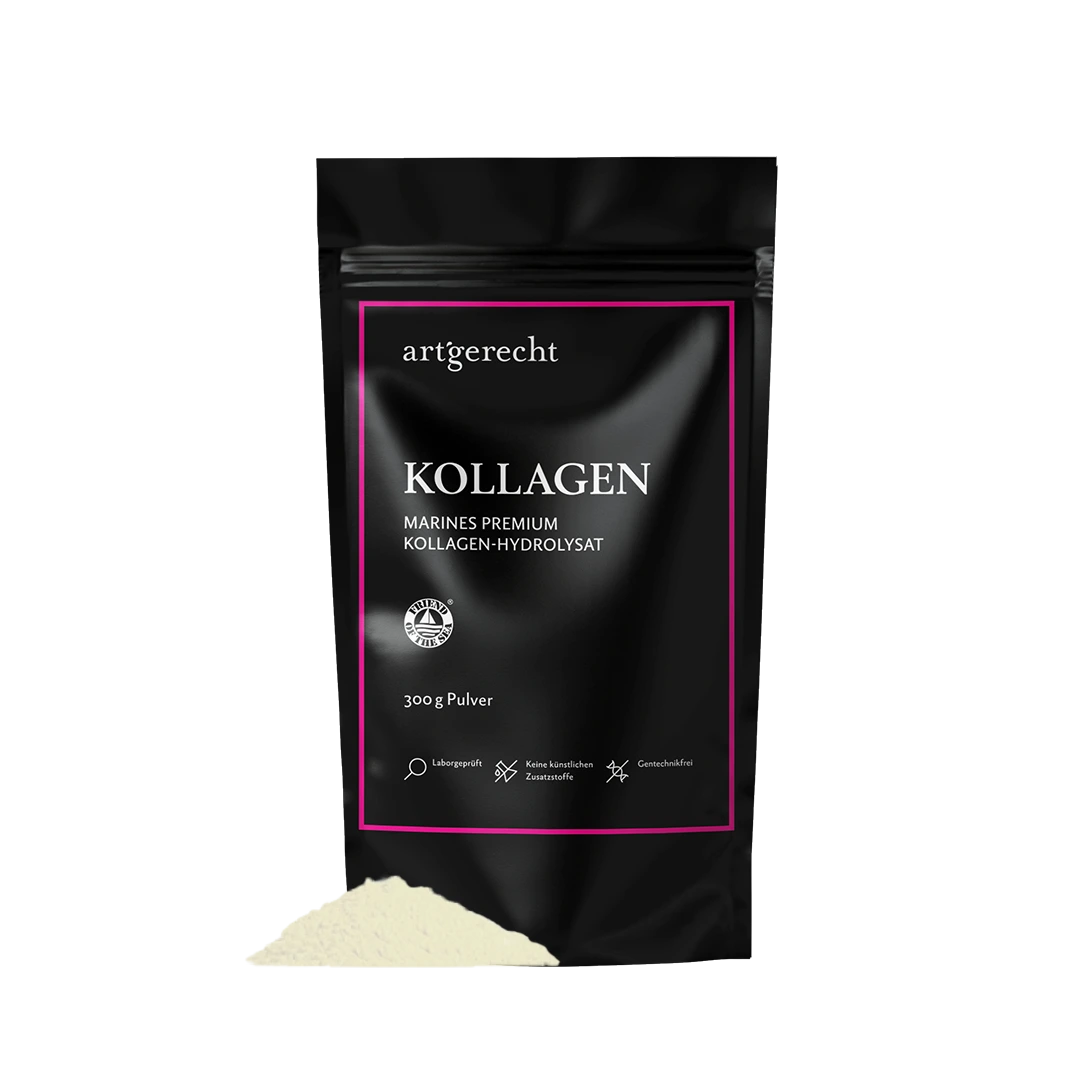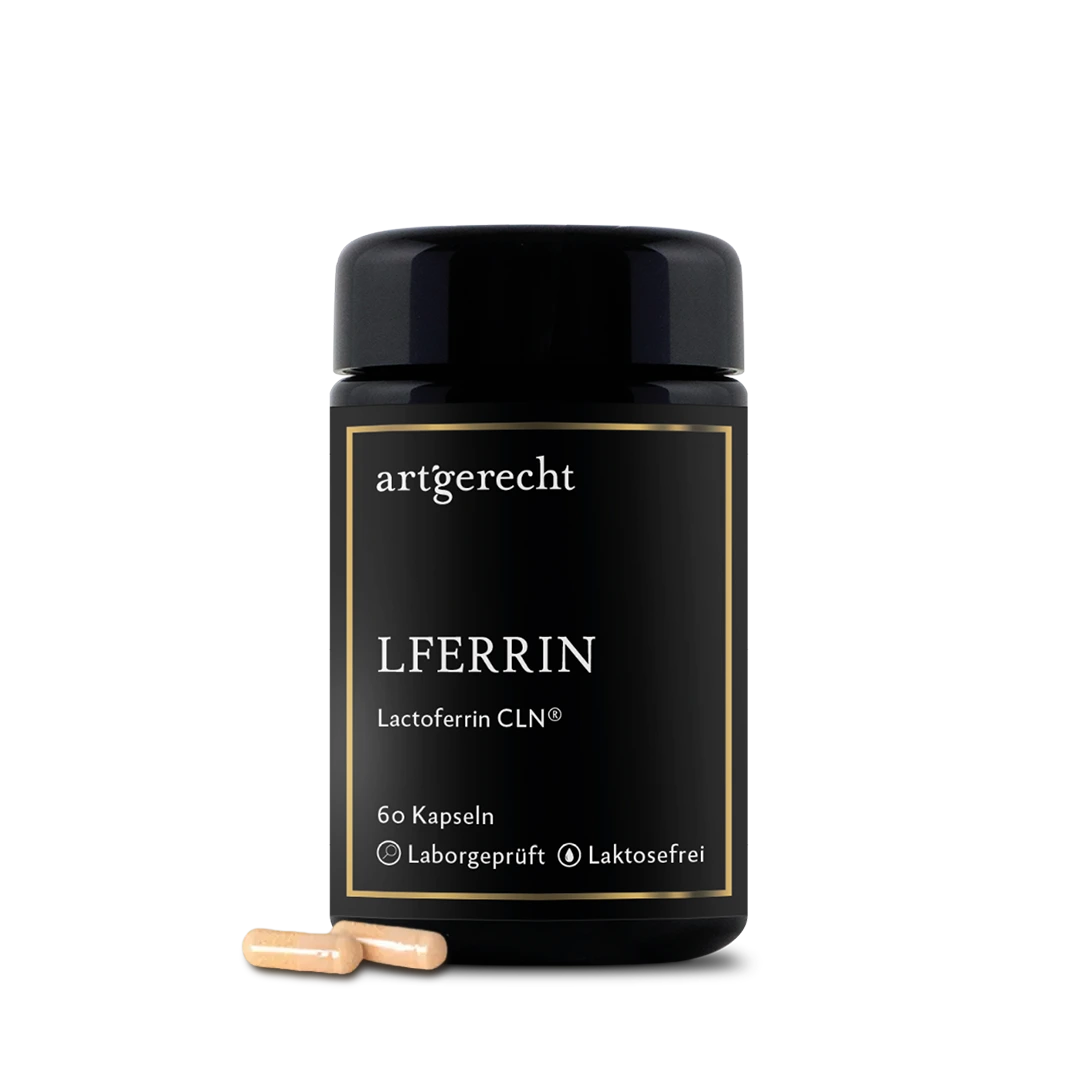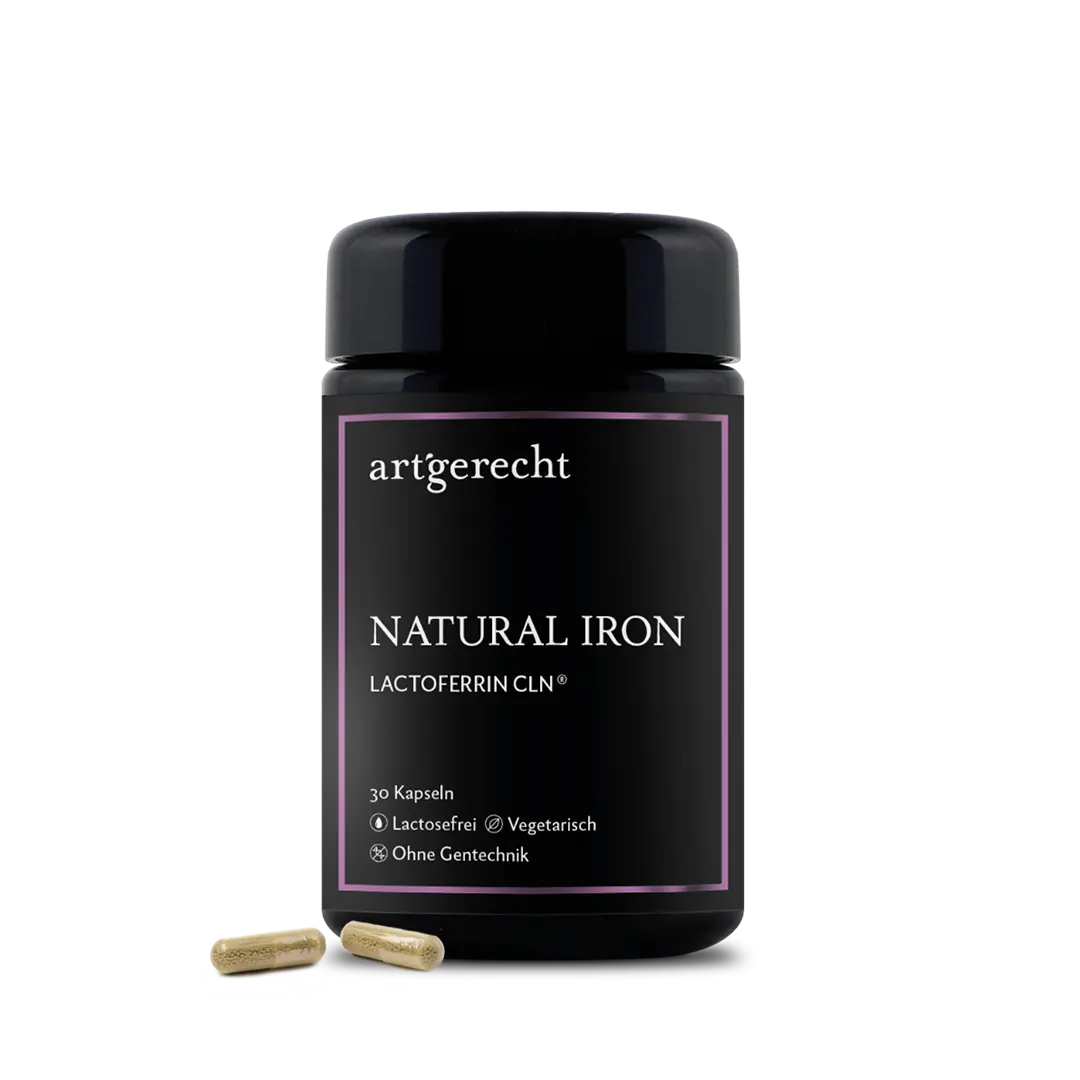Infections of the respiratory tract contribute significantly to global morbidity and mortality. They are among the top 10 leading causes of death worldwide and are among the leading causes of death in children under 5 years of age [1].
Supporting the immune system is therefore an important topic, especially in the current season at the height of respiratory tract infections.
In recent years, there have been repeated reports of the positive effects of lactoferrin on common infectious diseases such as colds or influenza. Lactoferrin could be a key factor in supporting the immune system and preventing colds [2].
This is the conclusion of a recent meta-analysis of 13 studies by Berthon et al. on a potentially protective effect against colds and the reduction of systemic inflammation and severe respiratory infections with high-dose lactoferrin supplementation.
In children and infants in particular, lactoferrin was shown to reduce the incidence of respiratory tract infections, which presumably indicates improved immune function. The incidence of ttypical symptoms such as coughing, wheezing and rhinitis was successfully reduced, but the overall incidence of respiratory diseases and the duration of illness were also reduced.
Lactoferrin also appears to have the potential to have a positive effect on respiratory infections in adults [2].
In another meta-analysis published last year by Ali et al., lactoferrin was also shown to be therapeutically effective in the prevention of respiratory tract infections across all age groups. The duration of respiratory disease and the severity of symptoms were also shown to be reduced when high-dose lactoferrin was taken, which is also confirmed by the results of the current meta-analysis [1,2].Infections of the respiratory tract are mainly caused by bacteria or viruses.
Because of the broad spectrum of antibacterial, antiviral and immunomodulatory functions of lactoferrin, the meta-analysis suggests supplementation of lactoferrin for the prevention of acute respiratory infections [2].
Antiviral
- Antiviral effect of lactoferrin through:
- Blocking viral receptors such as heparan sulfate proteoglycans by binding to these receptors and blocking the „entry“ into the host cell [1,4]
- the reduction of viral replication by inducing type I IFN production [1,3]
- indirect antiviral effect by influencing immune cells (see below) [2]
- In addition, a significant antiviral potential against the influenza virus was confirmed in vitro. It was shown that lactoferrin can suppress the apoptosis (programmed cell death) triggered by the influenza virus and the subsequent infection [1,5]
We have already discussed the antiviral activity of lactoferrin in more detail:
(see the article The immunological function of lactoferrin in viral defense)
Immunomodulatory
As a natural component of the innate immune system, lactoferrin can support both this and the adaptive immune system by activating important immune cells such as dendritic cells and leukocytes [1].
In older adults over the age of 40, it has been shown that lactoferrin can increase the activity of natural killer cells, i.e. innate immunity. Natural killer cells are lymphocytes that have a cytotoxic effect, i.e. they can destroy harmful cells [2].
The presence of lactoferrin receptors on a range of immune cells confirms a multifaceted role for lactoferrin in modulating the immune system, both innate and adaptive [1].Antibacterial
- Lactoferrin can break through the bacterial cell membrane by binding and sequestering the lipopolysaccharide (LPS) found in the cell membrane of Gram-negative bacteria Preventing the release of LPS.ouml;sion of the LPS-mediated proinflammatory cascade and the resulting cell damage by inhibiting bacterial adhesion and penetration into the host cell [1,2,6]
- Inhibition of bacterial growth through the direct binding of iron (iron promotes bacterial growth) and „starvation“ of pathogenic bacteria [1,2]
All in all, the administration of lactoferrin has already shown promising efficacy in respiratory tract infections in various age groups [1,2]
.The authors Ali et al. also conclude from the results of their meta-analysis that the current evidence supports fortifying infant formula with lactoferrin [1].
In adults, too, the results suggest that lactoferrin can play a positive role in the treatment of symptoms and recovery of patients suffering from respiratory tract infections [1,2].However, further research is needed to draw conclusive conclusions.Sources
1. Ali, A. S., Hasan, S. S., Kow, C. S. & Merchant, H. A. Lactoferrin reduces the risk of respiratory tract infections: A meta-analysis of randomized controlled trials. Clin Nutr ESPEN 45, 26–32 (2021).
2. Berthon, B. S., Williams, L. M., Williams, E. J. & Wood, L. G. Effect of Lactoferrin Supplementation on Inflammation, Immune Function, and Prevention of Respiratory Tract Infections in Humans: A Systematic Review and Meta-analysis. Advances in Nutrition (2022) doi:10.1093/advances/nmac047.
3. Wakabayashi, H., Oda, H., Yamauchi, K. & Abe, F. Lactoferrin for prevention of common viral infections. Journal of Infection and Chemotherapy vol. 20 666–671 Preprint at https://doi.org/10.1016/j.jiac.2014.08.003 (2014).
4. Lang, J. et al. Inhibition of SARS pseudovirus cell entry by lactoferrin binding to heparan sulfate proteoglycans. PLoS One 6, (2011).
5. Pietrantoni, A., Ammendolia, M. G. & Superti, F. Bovine lactoferrin: Involvement of metal saturation and carbohydrates in the inhibition of influenza virus infection. Biochemistry and Cell Biology 90, 442–448 (2012).
6. Rosa, L., Cutone, A., Lepanto, M. S., Paesano, R. & Valenti, P. Lactoferrin: A natural glycoprotein involved in iron and inflammatory homeostasis. International Journal of Molecular Sciences vol. 18 Preprint at https://doi.org/10.3390/ijms18091985 (2017).












